You’ve completed your manuscript, so now it’s time to learn about the different types of editing — and how and when to use them. While this may seem daunting, you should still be proud. Your book is finished! Like scaling a mountain peak, you’ve reached a point that many strive for but few attain.
But before you get cracking on the more exciting parts of the publishing process, you should focus on the edit. The cover art, the layout, and your creative book launch ideas will have to wait. Whether you decide to tackle this job yourself or hire a professional, it’s crucial to understand the different types of editing and how they all work together to optimize your masterpiece.
Developmental Editing
If you choose to have your manuscript professionally edited, developmental editing will be the first step in the process. Unlike other editors, a developmental editor will not look for grammar, spelling, or punctuation mistakes and will instead focus on your manuscript at a macro level. Developmental editing ensures that your story is built upon a solid foundation by addressing your book’s general narrative structure and overarching themes. For a deeper dive into the world of developmental editing (and different types of editing in general), take a look at this post on Jane Friedman’s blog.
Line Editing
Once the developmental edit is complete, it’s time to zoom in a bit closer on the text itself. Here, then, we arrive at the line edit, the next stop on your editorial journey. As the name implies, a line editor will examine your text line-by-line, adjusting and tightening your prose where necessary to maximize impact. Line editors are primarily concerned with style and flow rather than grammar and spelling.
Copyediting
Now that the line edit is complete, it’s time to pop open the hood, get your hands dirty, and dig in to the copyedit. Copyediting is what most people envision when they hear the word editing. Unlike developmental and line editing, copyediting is mainly concerned with the nuts and bolts of your manuscript. Here is where grammar and syntax are fixed, spelling errors are corrected, and punctuation is mended.
Proofreading
Typically the final stop in the editing process, proofreading doesn’t occur until after your manuscript is arranged and typeset into a final proof. Proofreading is generally similar to copyediting, except it occurs after the dust has settled and immediately before production. In other words, it’s your last chance to catch any imperfections before your book hits the presses.
Some editors may combine these stages into a single job, while others will specialize exclusively in, say, line editing. These distinctions may serve as a useful guideline about what to focus on and when.
At Presto Page, we understand that becoming a skilled editor takes practice and dedication. Ready to take the next step to transform your editing prowess? Connect with our team to see how you can elevate your writing and set yourself on the path to literary excellence!

